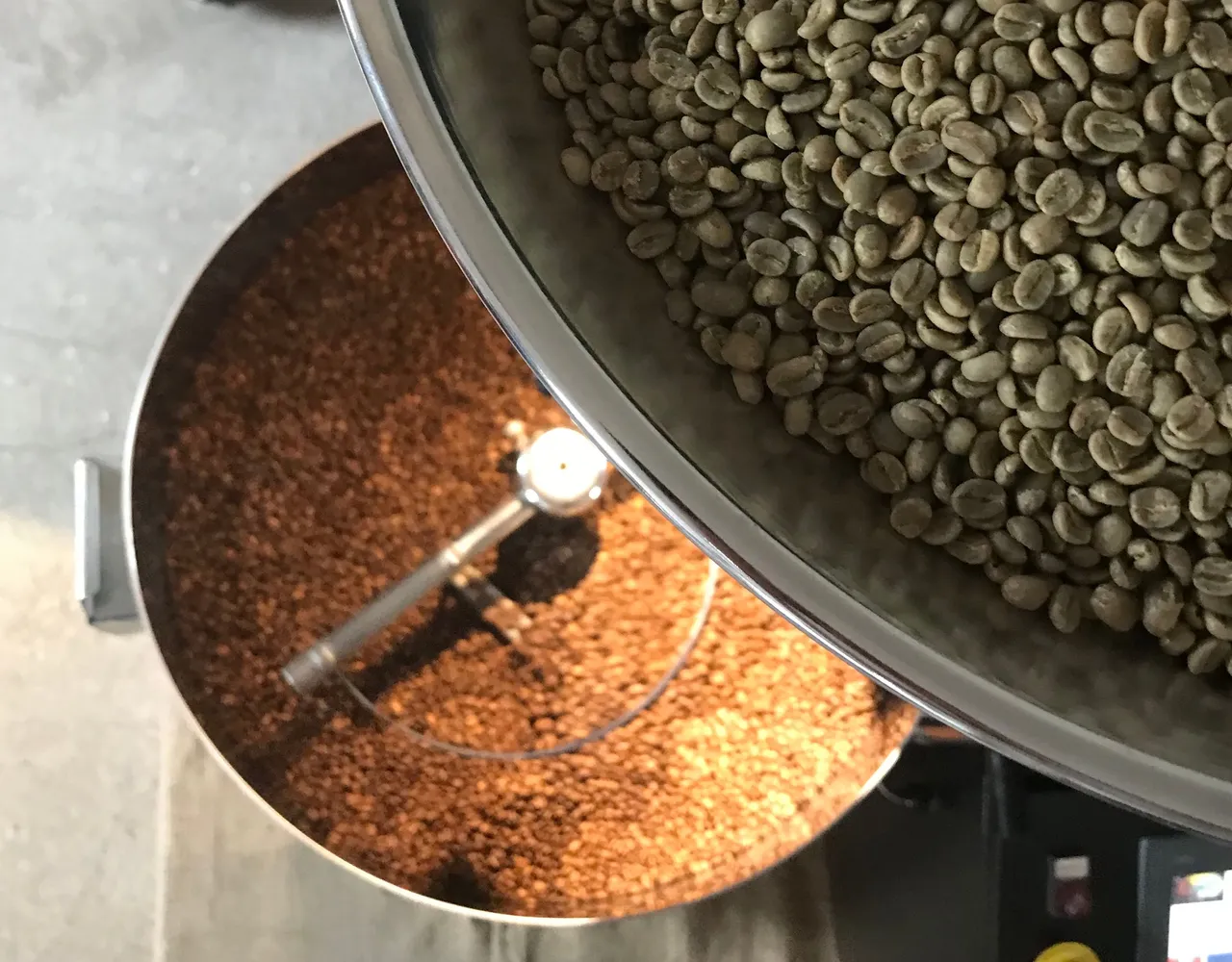
Today amongst the multitude of other things I have to do for work, I have been roasting some coffee. First up was Indian Monsooned Malabar - quite a different and unique coffee with a story behind it.
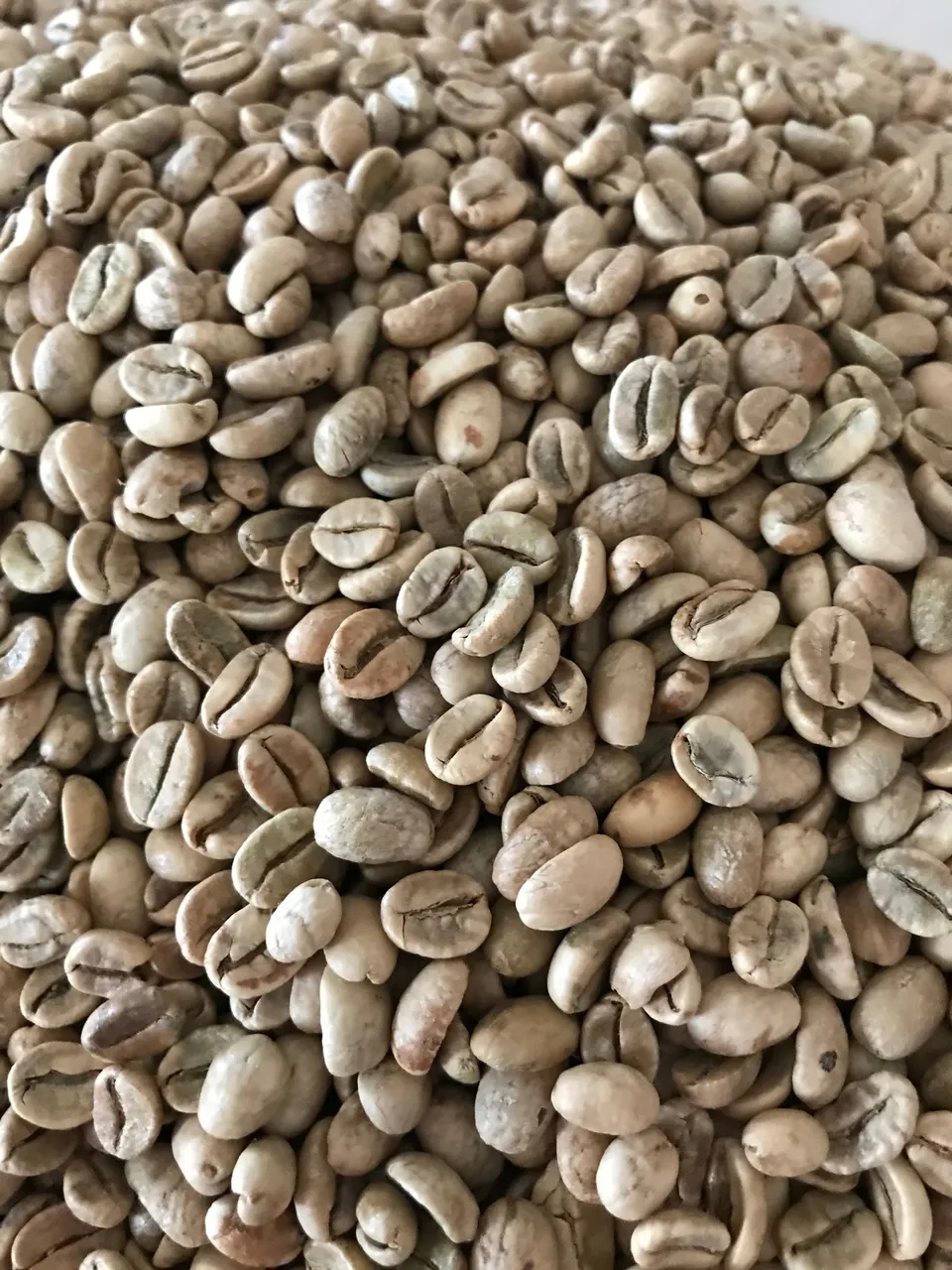
The color, shape, and size of the beans as well as their aroma and taste are the results of special post-harvest processing. Indian coffee was historically shipped to Europe in wooden sailing vessels, taking four to six months to sail around the Cape of Good Hope before reaching their destinations. Coffee, stored below the water line and kept in a humid atmosphere by moisture seeping through the wood, underwent a form of treatment on its long voyage to market. When the coffee reached Europe, its color had changed from bright green to pale gold and its new crop acidity had disappeared. This "Monsooning" process was later systematically replicated in India with the goal to consistently reproduce the familiar flavor from the historic voyages to the European ports.
Source (https://www.pennineteaandcoffee.co.uk/collections/green-coffee/products/monsoon-malabar-green-coffee-beans-1kg?variant=32193338442)
The Indian Monsoon Malabar favours a light roast to bring out the most flavours, so the green coffee looks like this when taken into First Crack
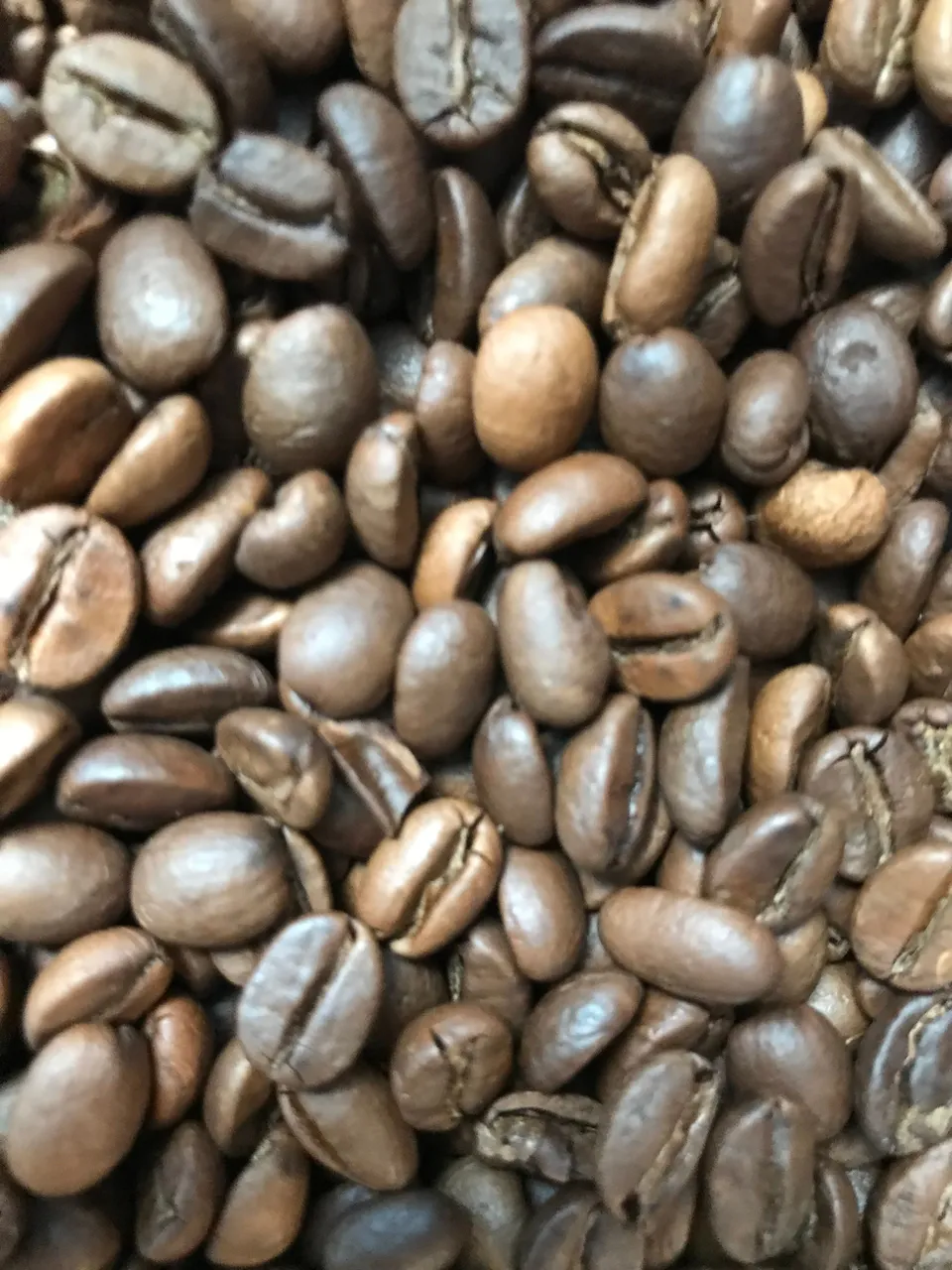
A lovely light brown colour, because of the monsooning process the beans do not keep an even colour - this is an usual feature on Monsoon Malabar roasted coffee.
Next up is a special Costa Rican estate - El Cipres. El Cipres has a diverse range of plant and crop life, with shade provided by Orange, Avocado, Banana, Plantain, Poro, Cedar and Indian Cane, as well as fruit trees that provide food and shelter to native birds of the region. El Cipres is constantly implementing better practices such as regulated shade and controlling weeds and applications of fertilizers in a sustainable manner.
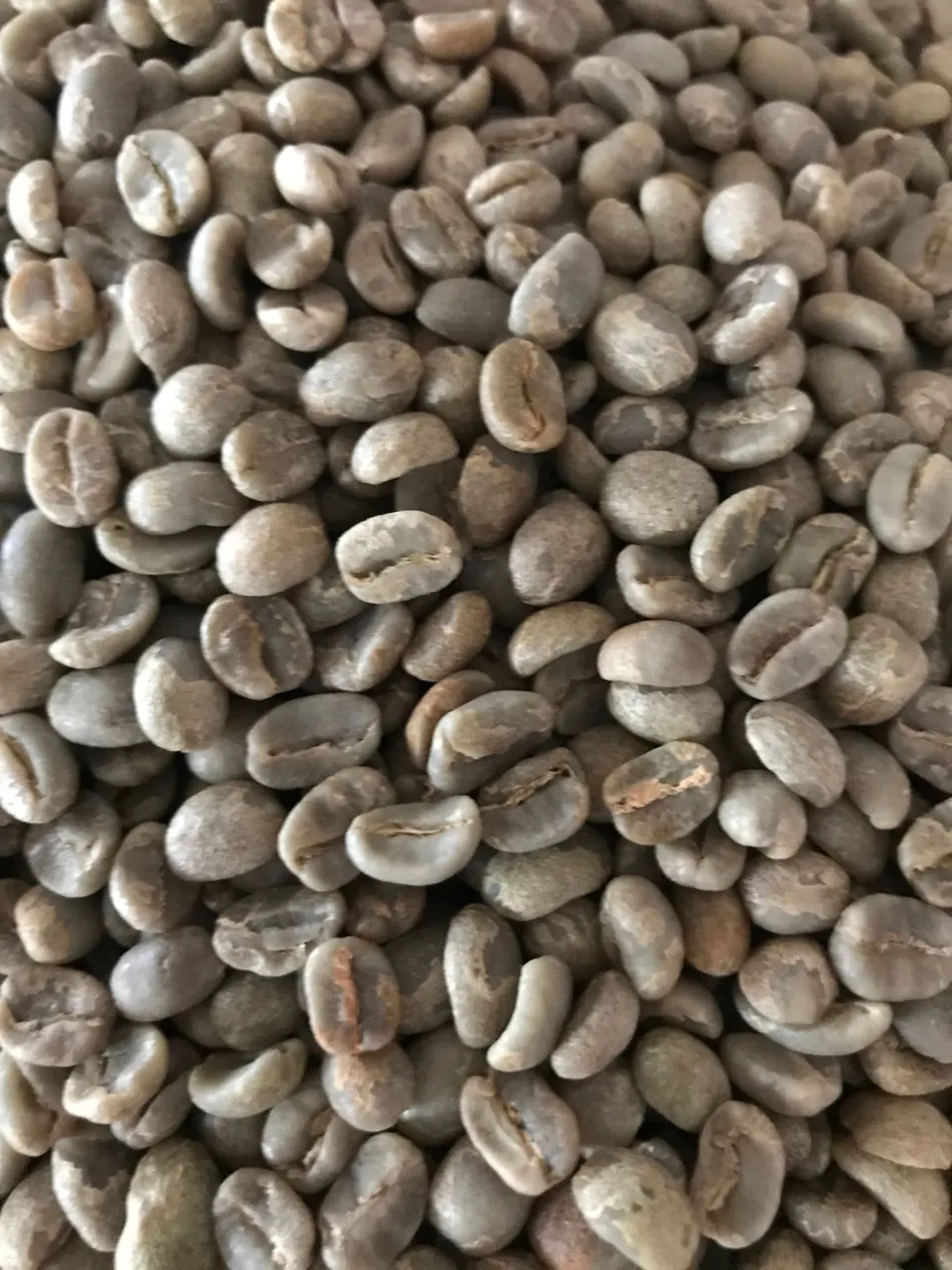
It's a washed caturra and my customer for this one uses it for espresso - and to get the most taste and flavours through milky drinks like cappuccino and latte likes it roasted dark to get the coffee flavour through the milk (we tried various roast styles when sampling this coffee with them and into second crack when it is dark and oily worked best for their needs.)
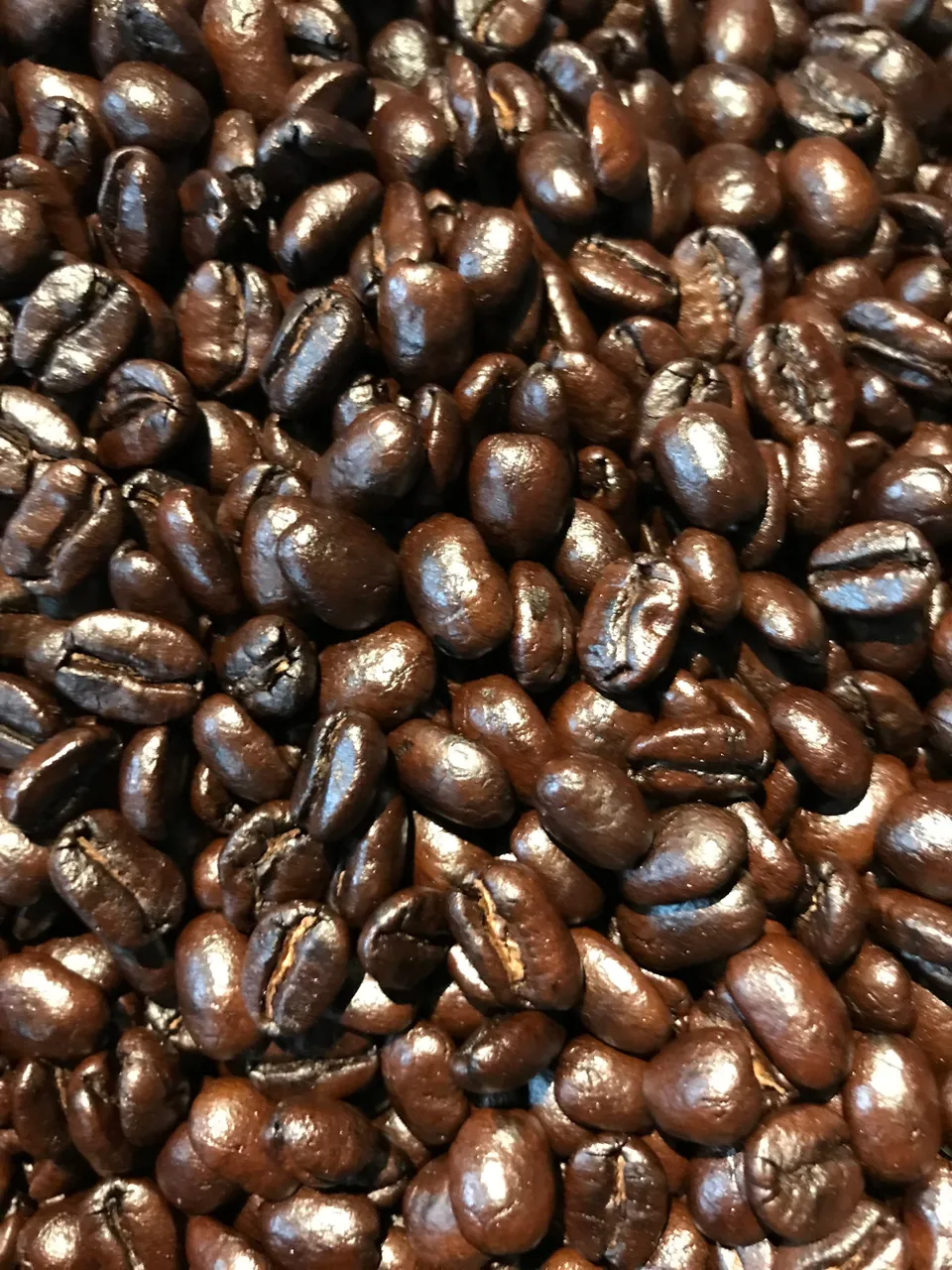
Quite a difference from the Indian coffee, only a minute difference in roast time and when you get to first crack for some coffees the difference between light, dark and burnt can be just seconds away - no time to look away when you are roasting coffee.
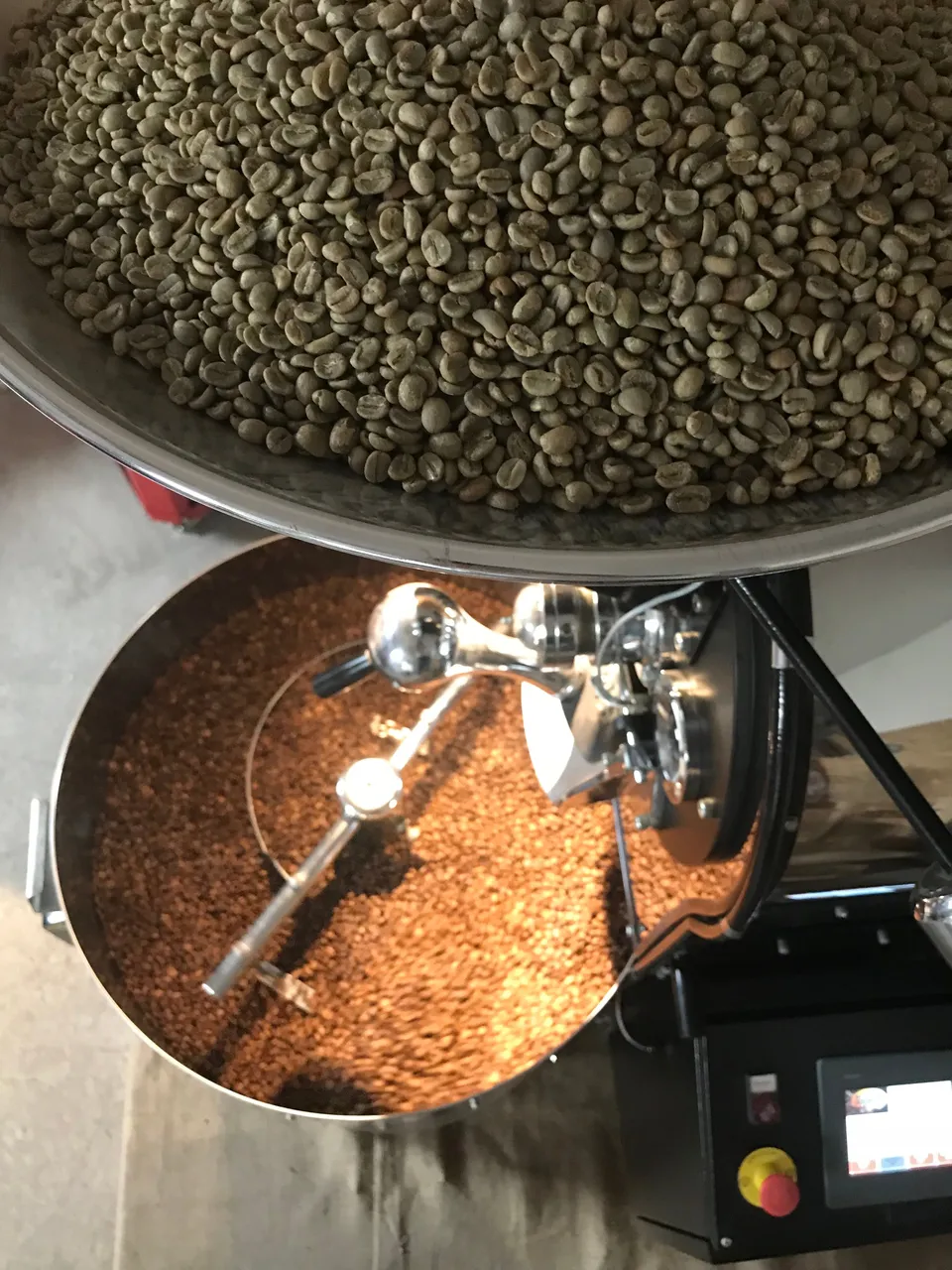
And the view from above, green coffee ready to drop in the roaster, and brown roasted coffee cooling in the tray beneath.
Pictures taken today with my iPhone 7 Plus, if you want to follow more of my coffee roasting stories let me know - leave a comment - do you drink coffee, prefer light or dark roasts - at home or prefer to enjoy it in a coffee shop?